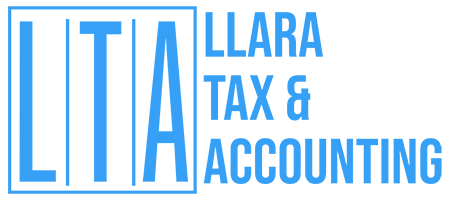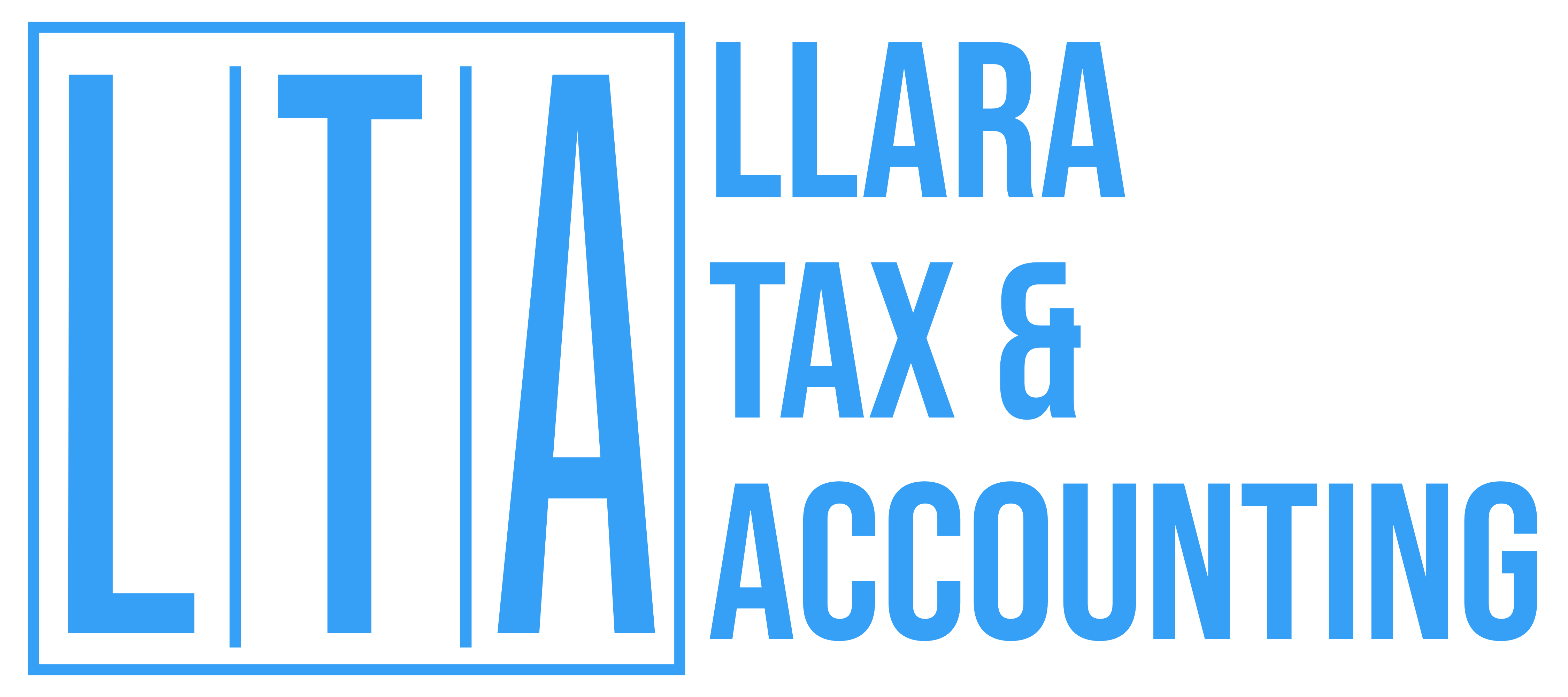Superannuation (or super) is a strategy to save our money for the future, while we are working.
It’s needed for and greatly appreciated as an income stream in retirement. Super is compulsory for all people who have worked and reside in Australia.
Generally, you can either be part of a standard, industry super fund, or you can have a self-managed super fund (commonly abbreviated to SMSF).
Want to know the key differences between a super fund and a self-managed super fund?
Read more from the Belmont accountant team at Llara Tax & Accounting to find out.
What is a standard super fund?
A standard super fund, also known as an industry super fund, is a low to medium cost accumulation fund. As non-for-profit funds, this means the profits made are put back into the fund.
Many bigger super funds allow anyone to join. However smaller funds may have more restricted member screening purposes, like only members working within the health sector.
Advantages:
- All profits are put into the fund for its members to benefit from,
- Compliance risk is assumed by the professional licenced trustee,
- Funds are not-for-profit,
- Generally open to everyone, and
- Run by industry associations and members.
Disadvantages:
- There’s a limit to your investment options, and
- Less individual flexibility and freedom to choose specific investments for yourself.
Where people often miss out, is by not changing their super funds as they switch careers or advance in their career.
What is a SMSF?
A self-managed super fund is a super fund that’s private to you (or a maximum of 3 other members), where an employer puts your super into, but you manage it.
Advantages:
- There’s a range of investment options,
- Concessional tax rate benefits,
- Consolidation of superannuation assets is available,
- Flexibility in accumulation, pension accounts and estate planning,
- Transparency, and
- The ability to add value to your super through property.
Disadvantages:
- All reporting obligations such as financial statements, tax returns and independent audits is your own responsibility,
- Any annual valuations of assets if and/or when required is the responsibility of the member(s).
- It takes a lot of time to run a SMSF,
- The member(s) is responsible for keeping up to date with any and all super law changes,
- And the annual cost of running a SMSF is $13,900.
A SMSF might be the right choice for you if you have researched your investment options extensively, have the time, understanding of and ability to cover the costs associated with operating one.
There’s no one size fits all when it comes to super funds and their suitability for you now and in your future. However, consulting with an advisor will ensure you make the right decision.
A Belmont accountant is here to help
Llara Tax & Accounting are your local Belmont accountants here to help you understand and utilise the best super and taxation strategies for your current and future needs.
Contact Llara Tax & Accounting today for professional advisory services, including utilising the best superannuation strategies for your needs.
References:




